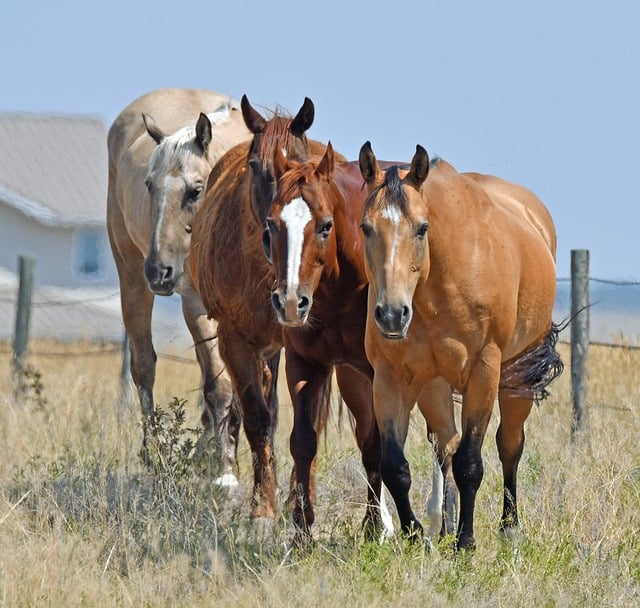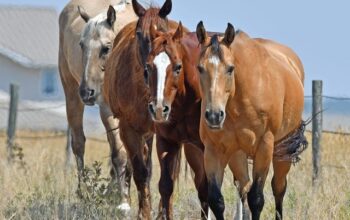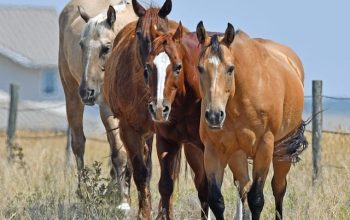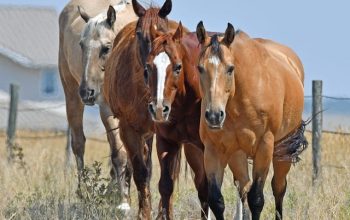Fencing for farms is a strategic investment enhancing functionality and aesthetics. Proper planning considers livestock type, climate, terrain, future expansion, and fence materials like wood, steel, or vinyl. Financing options include traditional loans, government-backed agricultural loans, credit union agri-business loans, peer-to-peer lending, and fence leasing. Cost savings can be achieved by using durable eco-friendly materials and regular maintenance to minimize waste and labor costs. Strategic long-term maintenance ensures fence durability and cost-effectiveness through regular cleaning, inspection, minor repairs, and preventative schedules. High-quality materials like steel or vinyl extend lifespan against weather, wildlife damage, and agricultural wear.
Fencing is an essential investment for farmland owners, offering numerous benefits such as boundary definition, livestock control, and enhanced security. Understanding the type of fence best suited to your needs, from traditional wooden posts to modern electric fencing, is crucial. This article guides you through the process, exploring financing options, cost-saving strategies, and long-term maintenance tips for farm fencing. Discover how to make informed decisions that optimize your budget while ensuring the longevity of your farmland’s protective barrier.
- Understanding Fencing for Farmland: Benefits and Essential Considerations
- Exploring Financing Options for Farm Fencing: A Comprehensive Guide
- Cost-Saving Strategies to Optimize Your Farm Fencing Budget
- Long-Term Maintenance and Durability: Ensuring the Lifespan of Your Fence
Understanding Fencing for Farmland: Benefits and Essential Considerations
Fencing for farmland is a strategic investment that offers numerous benefits, enhancing both the functionality and aesthetics of agricultural land. Well-designed fences provide essential boundary control, ensuring livestock remains within designated areas, preventing unwanted trespassers, and protecting crops from grazing animals. This is particularly crucial in managing large or irregular-shaped parcels of land, where traditional fencing methods can be both cost-effective and efficient.
When considering fencing for farms, several factors must be taken into account to ensure the best outcome. These include the type of livestock, local climate conditions, terrain elevation, and future expansion plans. Different fence materials like wood, steel, or vinyl offer varying levels of durability, visual appeal, and initial cost. Proper planning and selecting suitable fencing types can significantly contribute to long-term savings by mitigating damage from wildlife, improving resource management, and potentially increasing the overall value of the property.
Exploring Financing Options for Farm Fencing: A Comprehensive Guide
When it comes to fencing for farms, financing options play a vital role in making this essential infrastructure project a reality. Farmers have several avenues to explore, each with its own set of advantages and considerations. Traditional bank loans remain a popular choice, offering competitive interest rates and flexible terms. Government-backed agricultural loans can be another attractive option, providing financial support tailored specifically for farm improvements.
Alternative financing methods, such as agri-business loans from credit unions or peer-to-peer lending platforms, are gaining traction among farmers. These options often cater to smaller operations and may offer more flexible repayment terms. Additionally, leasing fences can be a cost-saving strategy, though it requires ongoing rental payments. Understanding these financing options and their associated costs is crucial in developing a comprehensive farm fencing plan that aligns with financial goals while ensuring effective protection for livestock and land.
Cost-Saving Strategies to Optimize Your Farm Fencing Budget
Implementing cost-saving strategies can be a game-changer when optimizing your farm fencing budget. One effective approach is to consider long-term sustainability and durability. Investing in high-quality, long-lasting fencing materials reduces the need for frequent repairs or replacements, ultimately saving you money in the long run. Additionally, exploring alternatives like recycled or eco-friendly fencing options can be both environmentally conscious and cost-effective.
Regular maintenance is another key to cost savings. Routine inspections and prompt repair of any damage can prevent small issues from escalating into major, costly problems. Efficient planning and design are also crucial; strategic placement of fences based on your farm’s unique layout can minimize material waste and optimize labor costs. By implementing these strategies, farmers can effectively manage their fencing expenses while ensuring the integrity and functionality of their farm boundaries.
Long-Term Maintenance and Durability: Ensuring the Lifespan of Your Fence
Fencing for farms is a significant investment, so ensuring long-term maintenance and durability is crucial. Proper upkeep extends the lifespan of your fence, saving you from costly replacements. Regular cleaning, inspection, and minor repairs can prevent major issues down the line. Consider establishing a preventative maintenance schedule to keep your farm fence strong and secure.
Durable materials are key to achieving longevity. Opting for high-quality fencing options like steel or vinyl ensures better resistance against elements like harsh weather, wildlife damage, and wear from agricultural activities. Regularly evaluating and addressing any signs of wear and tear will contribute to a robust, long-lasting farm fence that protects your property effectively.
Fencing your farmland is a strategic investment that offers numerous benefits, from enhancing property boundaries to protecting crops. By understanding the essential considerations and exploring financing options, farmers can unlock cost-saving strategies while ensuring their fences’ durability. With careful planning and the right approach, implementing farm fencing becomes an achievable and profitable venture, paving the way for long-term success in agriculture. Remember, effective fencing is a key component in maximizing the potential of your farmland.




